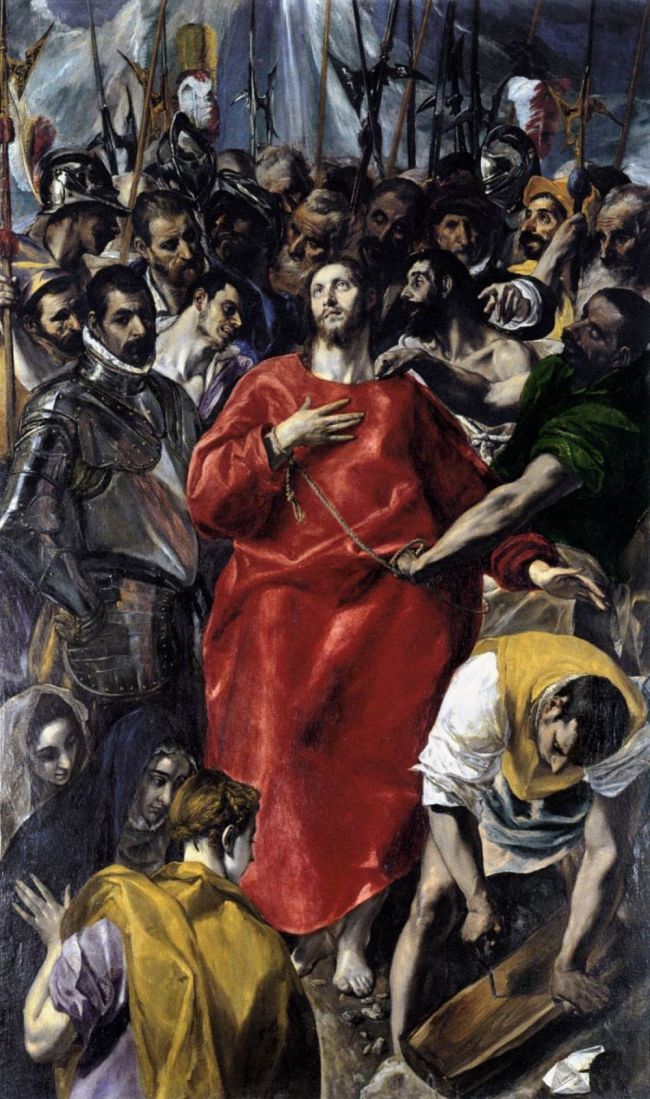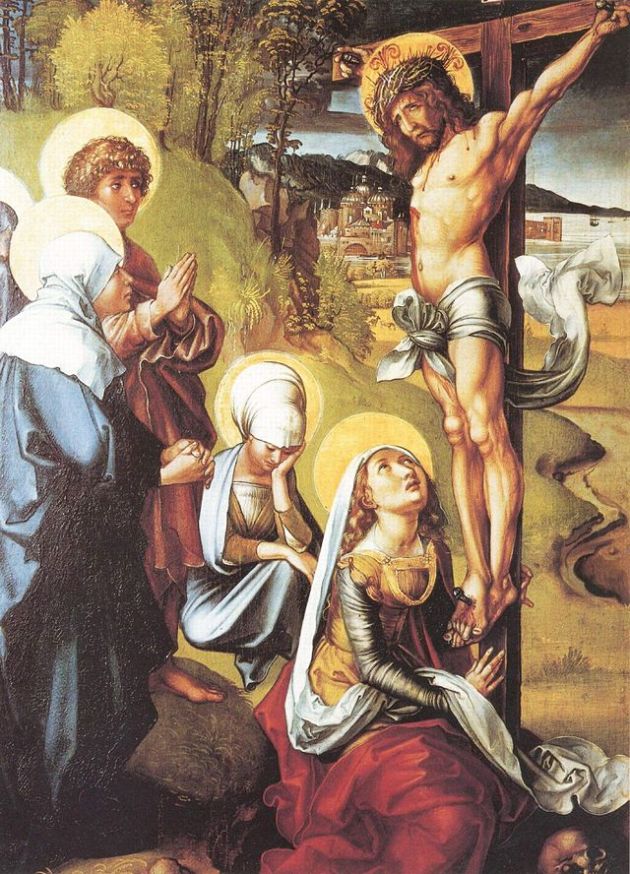One of my favorite movies of all times is Scent of a Woman, which starts Al Pacino and Chris O’Donnel in a story where a retired and blind Lt. Colonel (Pacino) spends a weekend filled with adventures and life lessons with a young student from a boarding school. The screenplay was adapted by Bo Goldman from the novel Darkness and Honey by Giovanni Arpino and from the 1974 screenplay by Ruggero Maccari and Dino Risi. Directed by Martin Brest, this 1992 film was very successful at giving its viewers a lesson in ethics and loyalty. The movie takes us through a story where Charlie Simms lies to the Headmaster of his boarding school, and expects to be expelled for not snitching on his friends. Charlie was bribed in order to turn in those responsible for playing a prank on the Headmaster, but refuses to do in so and keep his integrity.
This is my favorite scene from this movie, the camera shot is great here since we go from Mr. Trask and Pacino back and forward as they talk. Also, once the camera zooms in on Pacino’s face we notice that everything around him gets really blurry, symbolizing the fact that he is not able to see.
This scene is a turning point in the movie since it gives Charlie (O’Donnell) a look inside Frank’s life (Pacino) and how lonely he really is. It is also a turning point where Frank defends Charlie and you start to see the two care for each other.
This Scene show Gabrielle Anwar, who has a very small role in the movie get Frank to have fun and show his softer side. Her nice, easy going attitude cheers Frank up after a rough day and gets him up and enjoying life. “The day we stop looking, is the day we die.” I hope you have a chance to watch the whole movie, I recommend it.
Sources Used:
Over Thinking It, The Ethics of Scent of a Woman. Overthinkingit.com. Web. 01/08/2009
http://www.overthinkingit.com/2009/01/08/the-ethics-of-scent-of-a-woman/
Film Review, Scent of a Woman. Spiritualityandpractice.com. Web. n/a
http://www.spiritualityandpractice.com/films/films.php?id=6149
Time out, Scent of a Woman. Timeout.com. Web. n/a
http://www.timeout.com/london/film/scent-of-a-woman

























